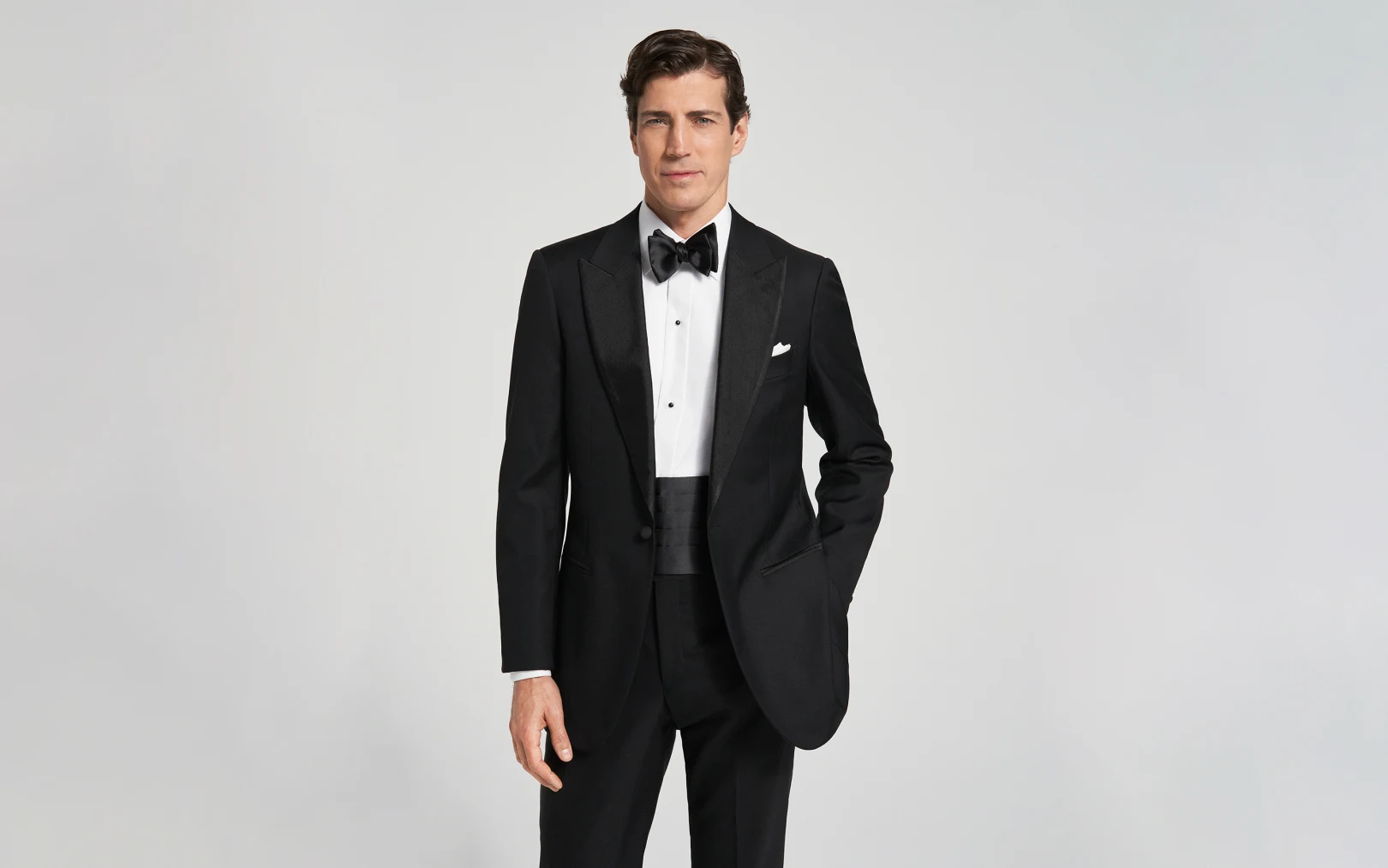
Mastering the Art of Shirt and Tie Pairing
Stilguide
By: Eton • 4 minWelcome to our expert guide on the art of pairing your shirt and tie—a delicate interplay that defines a well-dressed gentleman. While sartorial elegance is inherently a matter of personal style, strategic insights can elevate your aesthetic to a refined and sophisticated level. In this article, we delve into four pivotal facets of shirt and tie pairing: the nuance of colors, balancing of scales, the allure of textures, and the importance of appropriateness for the occasion.
Colors: A Harmonious Palette
Let us delve into the realm of colors, the cornerstone of a well-composed ensemble. Visualize a subtle "red thread" gracefully winding through your attire—a metaphorical link that unifies the various elements. Even amidst an array of patterns, the key is to limit your color palette to a discerning spectrum of two or three hues.
In this guide, we've deliberately opted for a dual color scheme—blue and white. A purposeful choice, for when traversing the labyrinth of multiple patterns, restraint becomes paramount. The art lies in this limitation, adhering to a minimalist color range, ensuring that the 'red thread' remains unbroken, elegantly tying everything together.
When dealing with multiple patterns – like we’ve done here – using more colors can quickly become overwhelming. By sticking to a minimal color range, you secure the continuity of the ‘red thread’ of your look, elegantly tying every element together.
Scales: Balancing Act
In the world of pattern mixing, consider the scales of each design. In this demonstration, we opted for a shirt with a delicate houndstooth pattern and paired it with a tie featuring a larger-scale medallion design. To infuse depth and intrigue, introduce a pocket square featuring an even bigger scale pattern, such as a bold paisley.
The key is to maintain a harmonious color range, typically consisting of two to three colors, which helps unite your outfit. Then you can play around with the patterns. Looking at our example, if the tie had the same scale as the shirt, it would just disappear. Now it pops.
Different scales add dimension to your overall look and prevent elements from blending into each other.
Textures: The Tactile Appeal
Textures play an equally essential role in shirt and tie pairing. While a solid-color ensemble may appear quite plain at first glance, the subtle interplay of textures can transform it into a captivating outfit.
Consider a tonal, three-dimensional checked shirt matched with a heavyweight grenadine tie. Already, you've introduced textures that make the look intriguing. To elevate it further, opt for a herringbone jacket or a similarly textured garment. These elements harmonize, creating a dynamic and tactile outfit.
Occasion: Dressing Accordingly
Finally, always consider the occasion when selecting your shirt and tie combination. Your outfit should align with the event you're attending. Here are some general guidelines:
• For formal occasions like a wedding, or if you want to make a subtle impact for say, an interview, opt for a solid-color shirt and a conservative tie.
• For more informal events, feel free to experiment with your shirt and tie pairing. People often wonder if wearing a tie with jeans is acceptable. The answer is, indeed, yes! You just have to make sure to choose the right one. When pairing a tie with jeans, consider a heavier tie, perhaps a knit one, and patterns like stripes, either horizontal or diagonal, for a stylish yet relaxed look.
Mastering the art of shirt and tie pairing involves the consideration of colors, scales, textures, and occasions. By keeping these four key elements in mind, you can effortlessly create well-coordinated and visually appealing outfits for any setting or event. Whether you're going for a formal or casual look, the right shirt and tie combination will always make a lasting impression.



